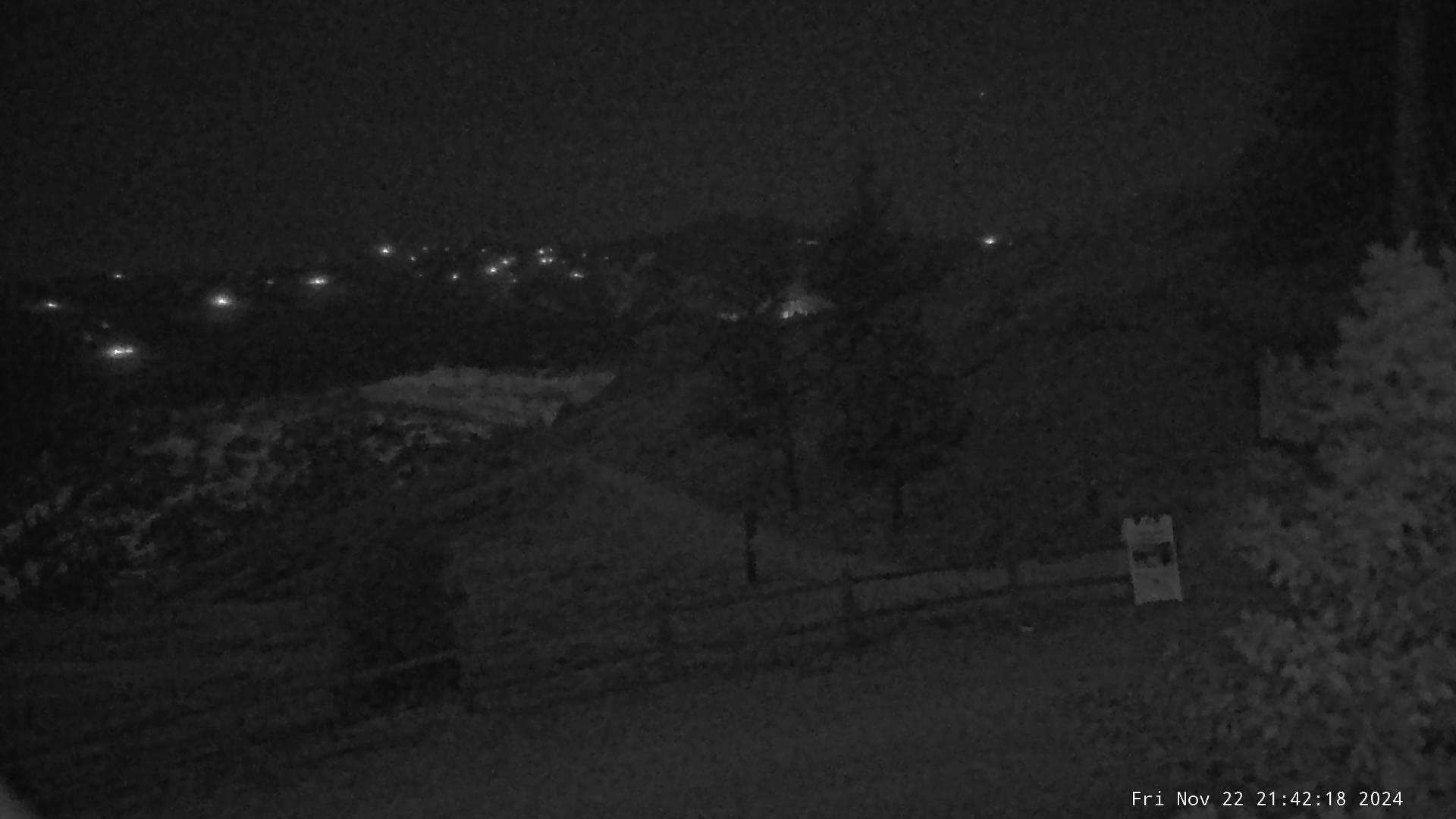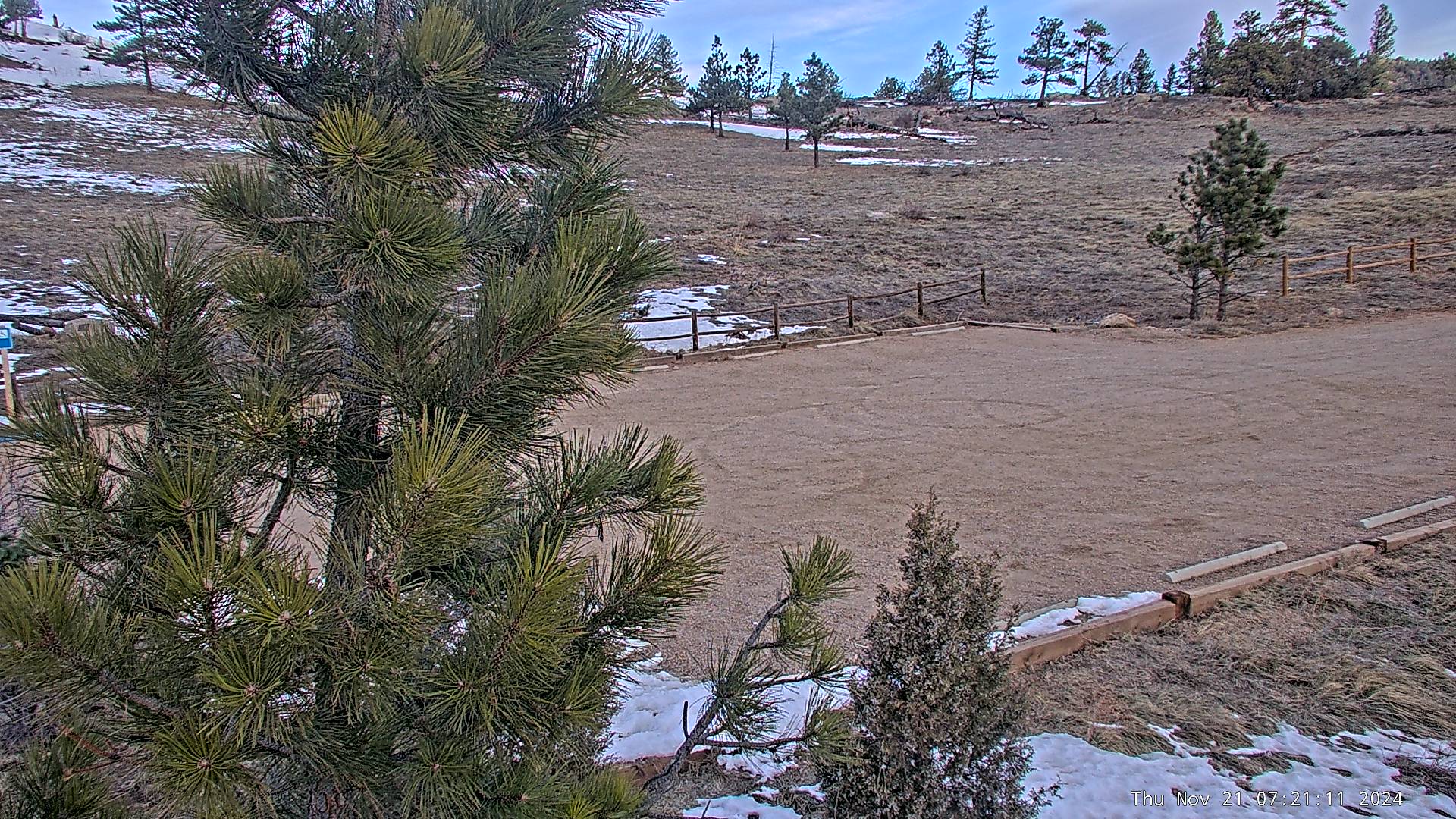Boulder Weather Cams
For the latest conditions on US 36 from Boulder to Denver, click here to see webcams from CDOT. Yes, we have Boulder weather cams from both in town and in the foothills looking back towards Boulder.
Boulder Live Stream (Pearl Street Mall, Flatirons)
Boulder Slideshow (including North Boulder)
Boulder CAST Live CAM (Skywatch Observatory at University of Colorado’s East Campus)

Boulder Creek cam
East Boulder (Arapahoe & 38th) cam

Boulder (Looking west to Arapahoe Ridge from east Boulder)
Hint: Scroll through terms to end, tick box and press accept
City of Boulder Trailhead Cams
Chautauqua Flatirons Cam (See on map)
Chautauqua Parking Cam (See on map)
Doudy Draw Cam (See on map)
Flagstaff Nature Center East Cam (See on map)
Flagstaff Nature Center West Cam (See on map)
Flatirons Vista North Cam (See on map)
Flatirons Vista South Cam (See on map)
Greenbelt Plateau Cam (See on map)
Panorama Point North Cam (See on map)
Panorama Point South Cam (See on map)
South Boulder Creek West Cam (See on map)
Wonderland Cam (See on map)
Boulder County Trailhead Cams (near the city of Boulder)
Walker Ranch (Flagstaff Mountain) 1

Walker Ranch (Flagstaff Mountain) 2

Walker Ranch (Flagstaff Mountain) 3

Walker Ranch (Flagstaff Mountain) 4

Heil Valley Ranch Corral Trailhead 1

Heil Valley Ranch Corral Trailhead 2

Heil Valley Ranch Corral Trailhead 3

A Brief History of Downtown Boulder
A brief history of the Boulder Pearl Street Mall from Downtown Boulder:
Boulder began as a supply town for gold miners in the mountains, and Pearl Street is believed to have been named for the wife of one of the town’s 54 founders. When these men established the Boulder City Town Company on February 10, 1859, the land was part of the hunting grounds for roaming bands of Arapahos.
In a much paraphrased account twenty-two years later, Chief Niwot, also known as Chief Left Hand, supposedly proclaimed that the Boulder valley was so beautiful that people seeing it will want to stay, and their staying will be the undoing of its beauty. This became known as “Niwot’s curse” or, in modern terminology, an early attempt at growth control.
The gold-seekers stayed anyway, and they drove a stake into the middle of the present-day intersection of Broadway and Pearl. Surveyors sighted across the stake to Valmont Butte, to the east, to determine a straight line for Pearl Street.
In the early days, whenever it rained or snowed and horse-drawn freight wagons and carriages shuttled provisions and people around town, the street was thick with ruts. In the summertime, it billowed with dust and flies. To encourage shoppers to come into their stores, individual business owners built their own wooden sidewalks – but they didn’t always match the height or the width of those of their neighbors. In the 1880s, the boardwalks were removed and replaced with flagstones.
A horse-drawn streetcar seemed like a good idea when it was introduced in 1891. Laborers plowed and scraped Pearl Street and laid tracks. After a horse pulled the wooden streetcar in one direction, it was unhitched and moved to the other end for the return ride. When the novelty of the paying customers wore off, the streetcar went out of business. A decade later, and with a little more sophistication, Boulder residents welcomed the new electric streetcars that wound their way through town. At the time, crushed rock created a smoother and cleaner road surface.
Large streetcars of the Interurban Railroad transported passengers along Pearl Street from 12th Street (now Broadway) to 31st Street, beginning in 1908. Pedestrians could jump on and off while doing their business downtown, or ride all the way to Denver.
Boulder, Colorado: A Legacy of Innovation, Nature, and Cultural Heritage
Boulder, Colorado Weather Cams. Boulder, Colorado, nestled at the foothills of the Rocky Mountains, has a rich and dynamic history shaped by Indigenous peoples, gold prospectors, education pioneers, and environmental advocates. From its early days as a mining supply town to its modern reputation as a hub for technology, outdoor recreation, and progressive thought, Boulder’s story is one of resilience and transformation.
Indigenous Presence and Early Settlement
For over 13,000 years, the Boulder Valley was home to Indigenous tribes, including the Arapaho, Cheyenne, Ute, and Sioux. These groups moved seasonally between the plains and mountains, relying on the region’s abundant wildlife and natural resources. The 1851 Treaty of Fort Laramie designated the area as Cheyenne and Arapaho territory, but the arrival of European settlers soon disrupted this agreement.
In 1858, gold prospectors arrived in Boulder Canyon, seeking riches in the streams and hills. Chief Niwot, a Southern Arapaho leader, initially welcomed the settlers, allowing them to stay for the winter. However, tensions grew as more prospectors arrived, leading to conflicts that culminated in the Sand Creek Massacre of 1864, where hundreds of Cheyenne and Arapaho were killed by Colorado militia.
The Founding of Boulder City
Boulder was officially founded in 1859 when settlers established the Boulder City Town Company. The town quickly became a supply base for miners, providing goods and services to those seeking fortune in nearby Gold Hill and Nederland. By 1871, Boulder was incorporated, and its population steadily grew as agriculture and commerce flourished.
The University of Colorado and Educational Growth
One of Boulder’s defining moments came in 1876, when the University of Colorado Boulder (CU Boulder) was established. The university became a cornerstone of the city’s identity, attracting scholars, researchers, and students from across the country. CU Boulder played a pivotal role in shaping Boulder’s reputation as a center for scientific research and innovation.
Environmental Advocacy and Open Space Preservation
Boulder has long been at the forefront of environmental conservation. In 1898, the city embraced the Chautauqua movement, establishing the Colorado Chautauqua as a retreat for education and cultural enrichment. This commitment to preserving nature continued into the 20th century, with Boulder pioneering open space policies to protect its scenic landscapes.
In 1959, Boulder residents voted to implement the Blue Line, restricting city water services above a certain elevation to prevent excessive development in the foothills. This was followed by the 1976 Boulder Open Space Program, which secured thousands of acres for public recreation and conservation.
Technology and Innovation
By the mid-20th century, Boulder had evolved into a hub for scientific research and technology. The establishment of the National Center for Atmospheric Research (NCAR) and NOAA’s Boulder laboratories solidified the city’s role in climate science and aerospace research. Boulder’s thriving startup culture, particularly in biotechnology and software development, has made it one of the most innovative cities in the U.S.
Modern Boulder: A Balance of Tradition and Progress
Today, Boulder is known for its outdoor recreation, progressive values, and thriving arts scene. The city’s Pearl Street Mall, established in 1977, serves as a cultural and commercial hub, while its proximity to Rocky Mountain National Park and Eldorado Canyon attracts adventurers from around the world.
Boulder continues to balance economic growth with environmental stewardship, maintaining its reputation as a forward-thinking, nature-conscious community.
Conclusion
Boulder’s history is a testament to adaptation, innovation, and preservation. From its Indigenous roots to its modern identity as a technology and environmental leader, the city remains a unique and dynamic part of Colorado’s landscape. Whether exploring its historic districts, hiking its scenic trails, or engaging in cutting-edge research, Boulder stands as a beacon of progress and tradition.
For more information, visit the Boulder, Colorado official website.
